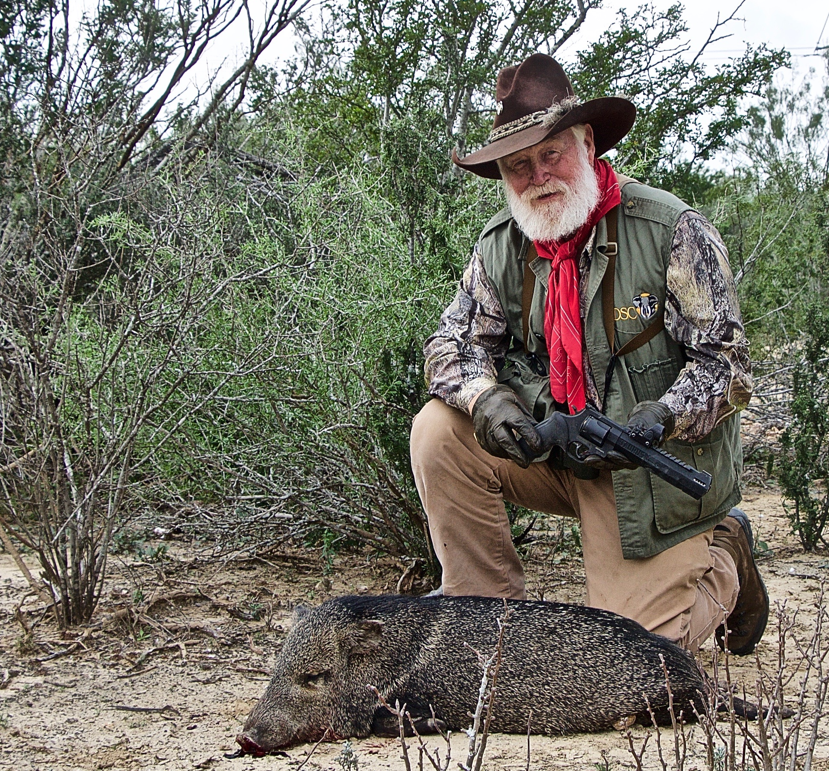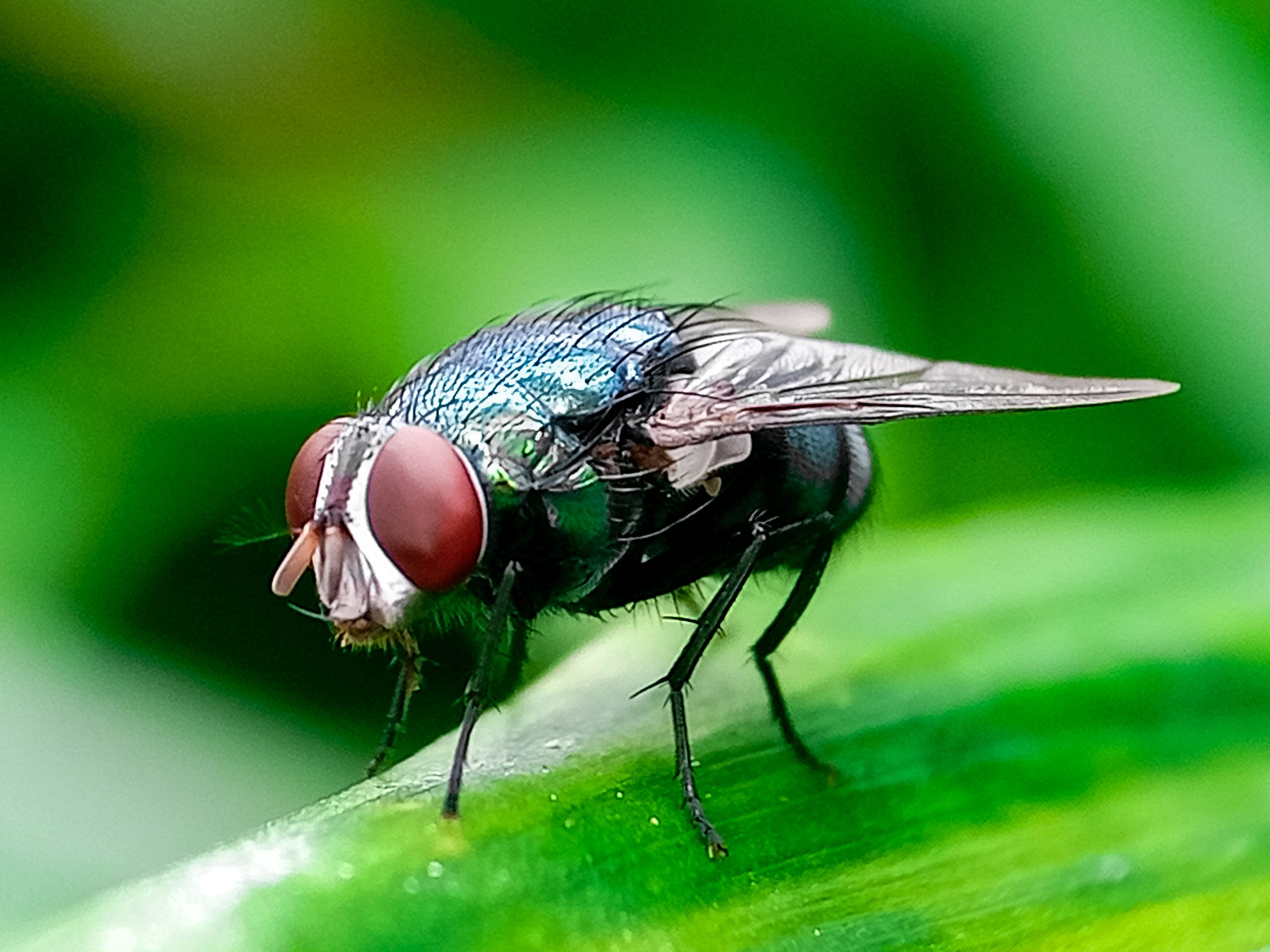[author] [author_image timthumb=’off’]https://www.biggame.org/wp-content/uploads/2021/04/USDA_logo.png[/author_image] [author_info]On April 5, the U.S. Secretary of Agriculture proclaimed April Invasive Plant Pest and Disease Awareness Month. The following is a release from USDA for Outdoor Enthusiasts to do their part to stop the spread of invasive plants.[/author_info] [/author]
The next time you enjoy the great outdoors, you can also help protect it from invasive pests that threaten to destroy America’s national parks and forests.
These insects harm trees and plants, displace native species and disrupt ecosystems—costing the nation about $120 billion each year in damages. The pests come from other countries and can spread quickly since they have few or no natural predators here.
In particular, the United States Department of Agriculture (USDA) asks outdoor enthusiasts to be aware of destructive, invasive species known as Hungry Pests (see below).
That’s because these pests, which include the emerald ash borer and Asian longhorned beetle, are primarily spread in the things people move and pack.
Hunting can inspire a powerful sense of stewardship. Do your part to help prevent the spread of Hungry Pests.
- Use only native plants for food plots. Native plants provide much better food and cover for wildlife.
- Clean your boots, hunting gear, truck bed and tires after a hunting trip to make sure you are not spreading seeds, insects, or spores to a new location.
- Don’t move firewood. Buy or use firewood that is close to your campsite.
- Learn to identify the invasive species in your area.
- Report any sightings to your county extension agent or local USDA office.
- Gypsy moths eat more than 300 species of trees and shrubs. In the northeast quarter of the country, look for their egg masses attached to outdoor items, such as furniture you bring on your camping. Even items stored in a shed or garage could hide them. Carefully remove and immerse egg masses in soapy water. If you spot any outside of quarantined areas, report them to state agricultural officials.
Ranchers and farmers know exactly what’s at risk. We can’t let Hungry Pests win.
America’s farm fields and pasture lands are the final battle line in the fight against Hungry Pests. The stakes are high and the responsibility to know the right things to do to help take care of all the great natural and agricultural resources that we have are enormous. Please do your part.
- Learn to identify the invasive species in your area.
- Report any sightings to your county extension agent or local USDA office. The sooner invasive species are detected, the easier and cheaper it is to control them.
- Clean your boots, gear, truck bed, tires and harvesting equipment after working a site to make sure you are not spreading seeds, insects or spores to a new location.
- Be sure to control invasive plants along fencerows, ditches and other areas adjacent to fields.
- Always use weed-free hay and feed for your animals.
Learn More
For further facts and tips, go to HungryPests.com, or join the conversation on Facebook or Twitter.

Top Invasive Pest Threats:



